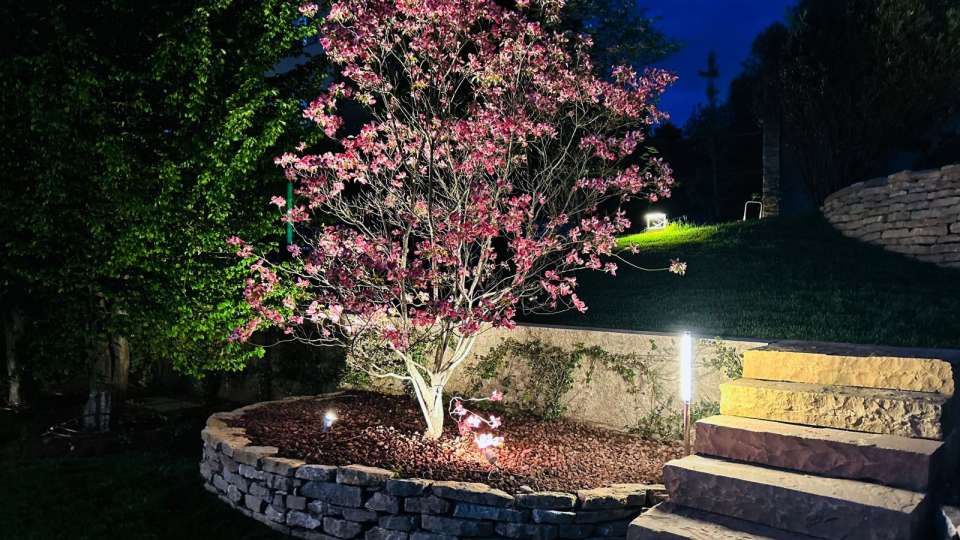
The living area is one of the most complex rooms in the home to illuminate because it is a versatile space intended for different activities. Your living room is more than just a place to sit and watch TV; it's the heart of your home, where you relax, entertain guests, and spend quality time with your loved ones. One key element that can transform the atmosphere of your living room is lighting.
To create a balanced and welcoming environment the arrangement of light points is particularly important and must be studied in detail concerning the way this space will be used, choosing a lighting scheme that is functional and suitable for different activities.
Natural light is the first protagonist of the living area, which must then be complemented through studied lighting, in line with the style of furniture and the entire environment. To arrange the lighting points in the living area, one must first start with the overall dimensions of the room:
In rooms of smaller square footage, the choice of a single light point, such as a pendant lamp or a large chandelier, may be sufficient. The pendant becomes the central point of the room, a light that is not only functional and can provide the most light but also an element with a strong aesthetic impact that connects with the style of the room. The size of the lamp should be proportionate to the square footage of the room and integrate with the different and functional light points such as floor lamps or table lamps to be placed near sofas or armchairs for reading or near the TV area.
In a larger or open-plan room, in addition to the use of pendant lamps and functional lights, it is essential to emphasize the different areas, from the sofa to the dining table to the bookcase, by choosing an effect lighting that complements the style and tone of the room. In this case, you can create good ambient lighting using recessed spotlights arranged in a regular pattern on the ceiling or use an appropriate number of wall sconces to add a touch of style to your living room and create exciting lighting effects. Wall sconces are a versatile solution by providing a viable alternative to pendant lights so as not to further reduce the perception of space when the living room ceiling is not very high.
Spotlights or recessed lights can be used as accent lights to highlight a painting or display case or enhance the details of a wall covering.
Using dimmable lights in the living area also allows us to vary the light from dim and intimate to intense and formal depending on the atmosphere we wish to create at a specific moment, thus adapting the lighting to the different needs of space use.
In conclusion, lighting plays a vital role in setting the mood and functionality of your living room. By incorporating layered lighting, natural light, and thoughtful design choices, you can create a welcoming and adaptable space that suits your needs and enhances your overall living experience. Illuminate your living room wisely, and it will become the heartwarming center of your home.

Outdoor lighting is much more than the simple act of installing a few fixtures around your home, it’s an art form that blends safety, functionality and ambiance into your garden, patio or poolside retreat. When done thoughtfully, the right light can transform any outdoor space into an enchanting extension of your living area: an inviting evening lounge, a dramatic backdrop for al fresco dinners or a quietly illuminated path that guides you home.

Lighting plays a key role in interior design, not only as a matter of functionality, but also because of its ability to transform spaces and influence our mood. New lighting trends in colour and materials focus on warm tones, bold combinations and advanced technologies.

Lighting inside a sacred space is an essential aspect that defines the environment, enriches the spiritual experience and inspires a deep emotional involvement in those who enter it. Light, in all its forms, symbolically represents divinity and inner guidance in sacred places. Its use must be studied with particular care to respect the sacredness of the place, enhance spirituality and accompany the faithful on an inner journey.